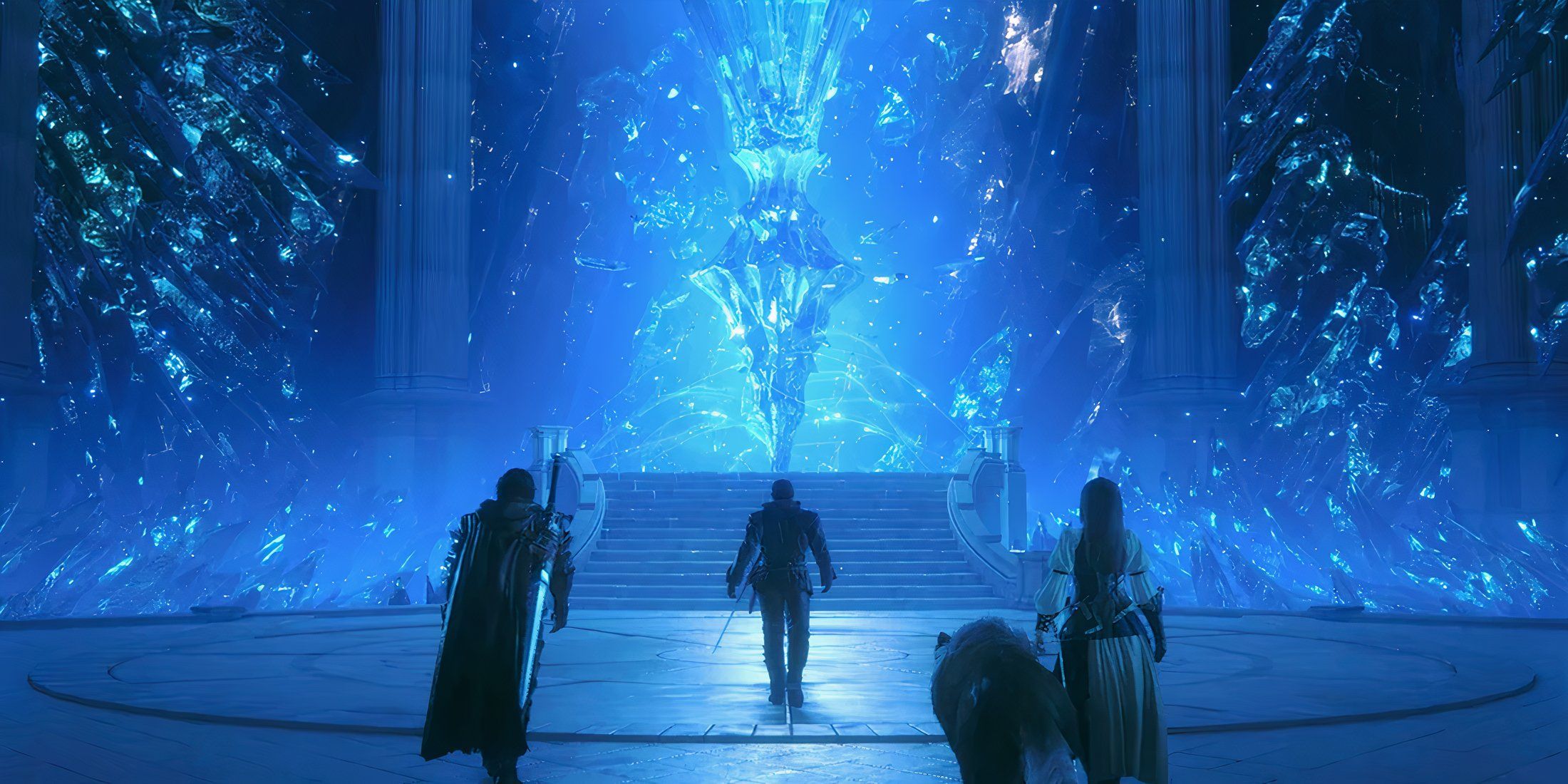
Highlights
- Final Fantasy 16’s focus on a single character and real-time combat divided fans, threatening the franchise’s core identity.
- FF16’s story was engaging, but its combat mechanics differed greatly from the traditional ATB and turn-based styles.
- FF17 could learn from FF16 and FF7 Remake by incorporating a hybrid combat system for familiarity and accessibility.
As a longtime fan and devotee of the Final Fantasy series, I’ve witnessed the evolution of this franchise like a proud parent watching their child grow. Each installment has been unique and special in its own right, yet they all share that magical Square Enix DNA that keeps us coming back for more.
Last year saw the release of Final Fantasy 16, a game that significantly altered the traditional and anticipated design concepts within Square Enix’s renowned RPG series. Unlike previous games, it primarily revolves around the character Clive Rosfield, telling his story from his conflicted noble childhood to becoming a rebel leader determined to vanquish the god Ultima. Unlike its predecessors, Final Fantasy 16 abandoned the multi-member party system and introduced real-time combat for the first time in the franchise. This departure from standard practices, however, raised concerns among fans about its adherence to the series’ core identity, sparking some controversy.
In the world of Final Fantasy 16, the narrative and characters were exceptionally well-crafted and captivating, but the combat mechanics required a bit of adaptation, particularly for fans familiar with past systems. Recently, titles like Final Fantasy 7 Remake and Rebirth struck a nice balance between traditional turn-based/Active Time Battle system and real-time combat. Although specifics about Final Fantasy 17 remain scarce, it’s worth considering the insights from Final Fantasy 16 and the remakes to create a flexible and gratifying combat system in its upcoming release.
Earlier this year, the game producer, Naoki Yoshida, expressed his ideas about the possible path and growth of the game titled Final Fantasy 17.
Final Fantasy 17 Should Split the Difference Between FF16 and FF7’s Remake Combat
Final Fantasy 16’s Combat Was One of its Most Contentious Aspects
In contrast to past Final Fantasy games, where themes like identity, loss, and redemption were often explored, Final Fantasy 16 offers a more action-packed combat system reminiscent of games such as Devil May Cry. The Eikonic abilities in this game resulted in some breathtaking and unforgettable battles, yet they presented a unique challenge due to their difference from conventional methods. With fewer party members to control and limited options, mastering Clive’s skills became crucial, and the shift from traditional Final Fantasy styles could sometimes be noticeable, not always for the better.
Final Fantasy 7 Remake and Rebirth’s Combat Struck a Great Balance
In a new trilogy, Square Enix reimagined the classic role-playing game, Final Fantasy 7, for contemporary audiences, giving careful thought to aspects such as combat design and philosophy. Notably, they updated the Active Time Battle system, a battle mechanic that Final Fantasy is famous for creating and popularizing. In the remakes of Final Fantasy 7 (Remake) and Rebirth, players can utilize a blend of real-time and ATB mechanics in a more strategic way that’s both tactically sound and visually captivating. This mix includes a diverse cast of party members.
How Final Fantasy 17 Could Make Use of a Hybrid of FF7 Remake and FF16’s Combat Design
Whatever ways Final Fantasy 17 may evolve or build upon its predecessors, its combat system is expected to be a central aspect of its development and gameplay. Although Final Fantasy 16 presented an intriguing concept, perhaps Square Enix should tone down slightly and incorporate more elements from the vision for the Final Fantasy 7 Remakes into Final Fantasy 17’s combat system. This would allow it to maintain a similar style to Final Fantasy 16, but also establish a connection to the ATB design, making the gameplay more akin to traditional entries and thus more welcoming and approachable for all fans.
A possible simplification for this might be: Instead of choosing one style over the other, we could offer players the ability to toggle between them. This approach was somewhat explored in the FF7 Remakes, even though they didn’t fully support a turn-based system. By blending the fast-paced action from Final Fantasy 16 with the remakes of FF7, we could develop an engaging dynamic that caters to various fan preferences, all while pushing the franchise forward into new territories.
Read More
- SOL PREDICTION. SOL cryptocurrency
- LUNC PREDICTION. LUNC cryptocurrency
- BTC PREDICTION. BTC cryptocurrency
- SHIB PREDICTION. SHIB cryptocurrency
- USD ZAR PREDICTION
- USD COP PREDICTION
- Red Dead Redemption: Undead Nightmare – Where To Find Sasquatch
- Top gainers and losers
- USD PHP PREDICTION
- CAKE PREDICTION. CAKE cryptocurrency
2024-08-04 03:24